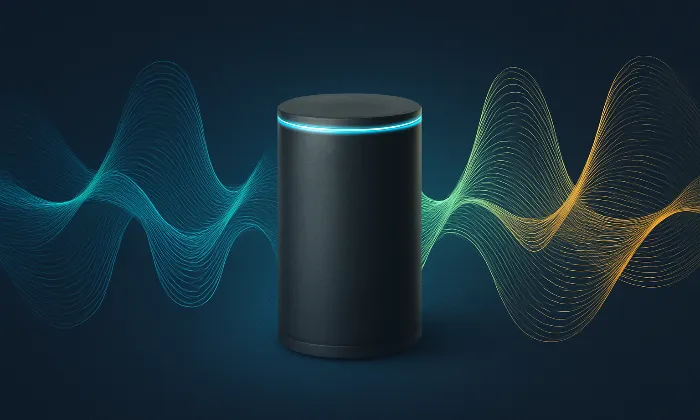What does a typical doctor–patient audio conversation include?
Speech Recognition
Healthcare
Conversation Analysis
Doctor–patient audio conversations are critical for advancing AI applications in healthcare, offering a window into real-world medical communication dynamics. These interactions form the backbone of systems for speech recognition, natural language processing (NLP), and conversational AI, enabling more empathetic and accurate healthcare solutions.
Core Components of Doctor-Patient Conversations
- Initial Greeting and Rapport Building
- Conversations begin with a friendly greeting, essential for building trust and comfort, enabling patients to share their concerns openly, a crucial step for effective diagnosis and treatment planning.
- Symptom Inquiry
- Doctors ask open-ended questions about symptoms, seeking details on duration and severity. This exploration is vital for forming accurate preliminary diagnoses and tailoring subsequent inquiries.
- Diagnosis and Treatment Discussion
- After gathering information, doctors discuss potential diagnoses and treatment options, explaining medical terms in layman's language to ensure patient understanding and cooperation.
- Patient Concerns and Questions
- Effective conversations provide space for patients to voice concerns and questions, addressing anxieties and ensuring they feel understood, which is vital for treatment adherence.
- Conclusion and Follow-Up Plans
- Conversations typically conclude with clear next steps, such as tests, prescriptions, or follow-up appointments, ensuring patients leave informed and confident in their care plan.
Importance of Understanding These Conversations
Understanding these conversations helps enhance AI capabilities in healthcare. Improved speech recognition systems can better capture medical dialogues, leading to more precise transcriptions and insights into patient needs. Additionally, conversational AI can leverage these interactions to provide more empathetic responses, improving patient satisfaction and outcomes.
Realism in Simulated Conversations
Simulated doctor-patient conversations, expertly crafted by licensed professionals, offer significant advantages by reflecting the natural flow and emotional nuances of real interactions. This method ensures clinical accuracy without compromising patient privacy.
How Simulated Data Enhances AI?
- Ethical and Supervised Data Collection: Scenarios are designed under strict ethical guidelines, ensuring no real patient data is recorded. This approach maintains clinical accuracy while safeguarding privacy.
- Linguistic and Contextual Diversity: The dataset includes conversations across multiple languages and dialects, enriching the training data to enhance AI model generalization across diverse cultural contexts.
- Naturalistic Features: Preserving interruptions, pauses, and emotional cues is crucial for training AI systems that not only understand spoken words but also interpret the emotional states and intentions behind them.
Challenges in Capturing Doctor-Patient Interactions
Capturing the subtleties of these interactions poses challenges, such as balancing content with emotional and contextual factors. Overlooking accents and speech patterns can limit AI systems' applicability in real-world scenarios.
Building Better AI with Doctor-Patient Conversations
By focusing on the key elements of doctor-patient conversations, AI systems can be developed to not only recognize speech but also understand context, intent, and emotion. This comprehensive approach enhances patient care and improves healthcare outcomes.
For AI projects requiring realistic healthcare communication data, FutureBeeAI's Doctor–Patient Conversation Speech Dataset offers ethically sourced, clinically accurate, and multilingual resources to enhance your AI solutions.
Smart FAQs
Q. What role do emotions play in doctor-patient conversations?
A. Emotions are pivotal in healthcare communication, influencing patient satisfaction and treatment adherence. Recognizing emotional cues helps AI systems develop empathy, improving patient engagement.
Q. How can AI effectively leverage simulated doctor-patient conversations?
A. Simulated conversations train AI models in speech recognition and dialogue systems, enabling personalized patient care by understanding interactions and responding empathetically.
What Else Do People Ask?
Related AI Articles
Browse Matching Datasets
Acquiring high-quality AI datasets has never been easier!!!
Get in touch with our AI data expert now!








